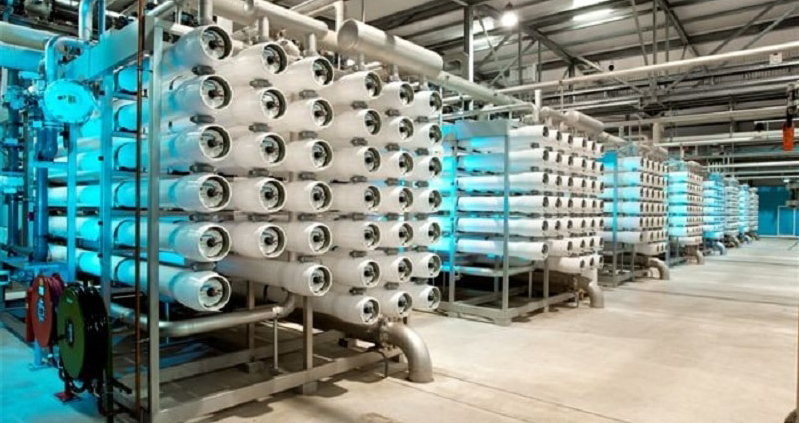ZERO BRINE-project constructs demo plant in the Netherlands

-
 Adriaan van Hooijdonk
Adriaan van Hooijdonk
Share article:
The European ZERO BRINE project starts in January 2019 with a pilot plant on the industrial demo location ‘Plant One’ in Rotterdam in the Netherlands. The objective is reducing industrial saline wastewater by recovering minerals and clean water for reuse. The ZERO BRINE-project, financed by Horizon 2020 started in 2017.
Twenty-two partners from ten different countries are investigating how to reduce industrial waste water. Henri Spanjers from the Delft University of Technology is coordinating the project in Rotterdam. “Industrial flows of saline waste water are growing due to the widespread application of cheaper membranes and the growing importance of water reuse. It also means a sustainable solution for brine is needed.”
European pilots
The demonstration project is realising pilot installations for diverse industries in Spain, Turkey, Poland and The Netherlands. Two pilots are located in the Botlek area of Rotterdam Port. According to Spanjers the project partners worked hard on the preparations of the Dutch pilot plants. Several parts of the pilot installations are already tested in the lab, and Plant One has been selected as a pilot location. This industrial pilot plant supports start-ups specialised in sustainable process technology.
International technology
The pilot installation consists of a nano-filtration unit, a crystallization unit and an evaporator. Lenntech Water Treatment is producing the nanofiltration unit, the university of Athens is providing the evaporator and the university of Palermo will provide the crystallization reactor.
Industrial water
The pilot installation will treat a cubic meter of regenerated water per hour. The saline water flow comes from the demi water plant of water company Evides who provides demi water for a number of petrochemical companies in the industrial region Botlek area of Rotterdam Port.
Two different flows
The nanofiltration-unit delivers two different flows. One flow contains magnesium and calcium and the other flow mainly contains sodium chloride and water. The crystallization reaction makes it possible to recover magnesium and calcium.
Sustainable energy
The water with sodium chloride goes to the evaporator. Spanjers: “Thanks to smart technology it is possible to use residual, industrial heat to evaporate a major part of the water. The remaining concentrate consists of sodium chloride and this can be returned to the ion exchanger of Evides for regeneration. Or the sodium chloride can be used by chemical companies to produce for example chlorine.
Quality crucial
Spanjers emphasizes the quality of recovered magnesium is crucial for selling. Evides gets water for the industry out of the lake of Brielle. “This water not only contains salts and minerals but also humic acids. Potential buyers are not interested in magnesium contaminated with humic acids. That is why in a second pilot Arvia, a British company, will test their technology to remove these organic substances.”
During the pilot the effect of the saline flow on the ion exchanger in a closed circuit needs to be investigated. Several substances may stay in the ion exchanger and cause damage. Also pumping around salt water may cause corrosion and leakages.
More information: ZERO BRINE

















